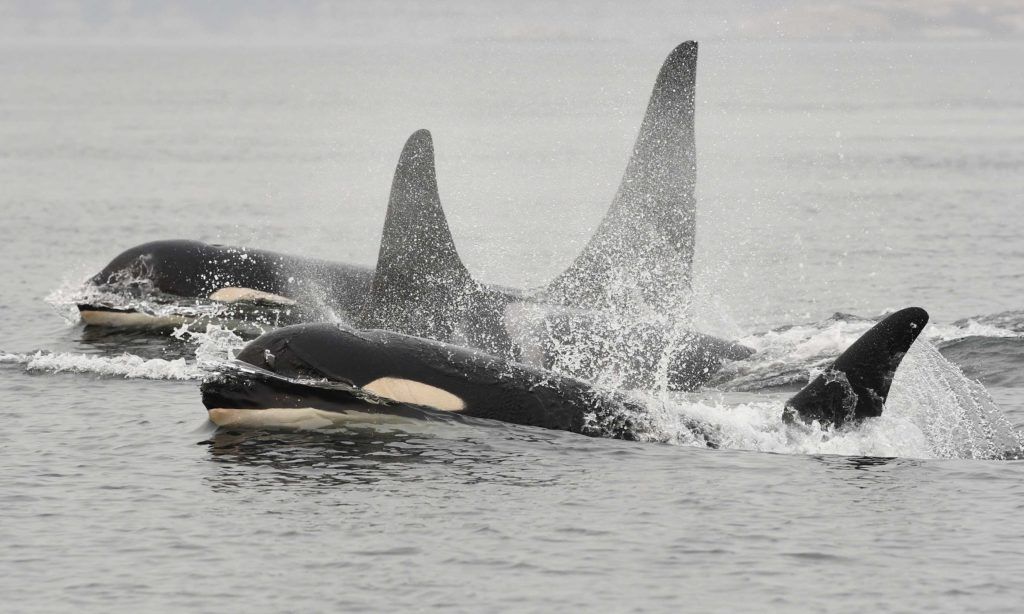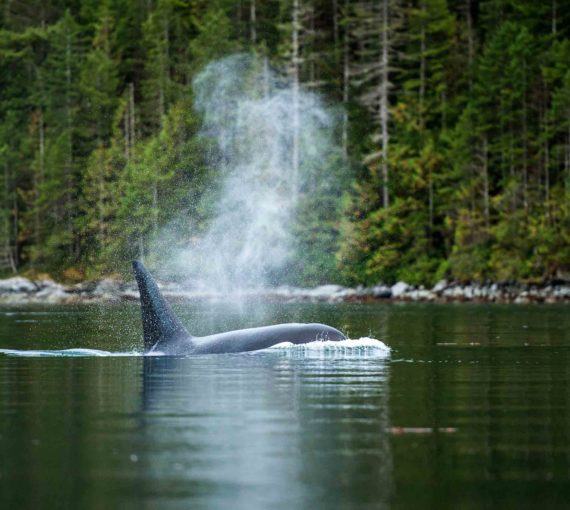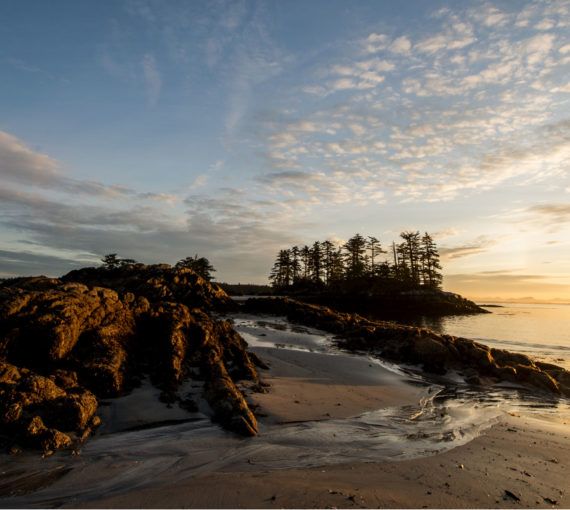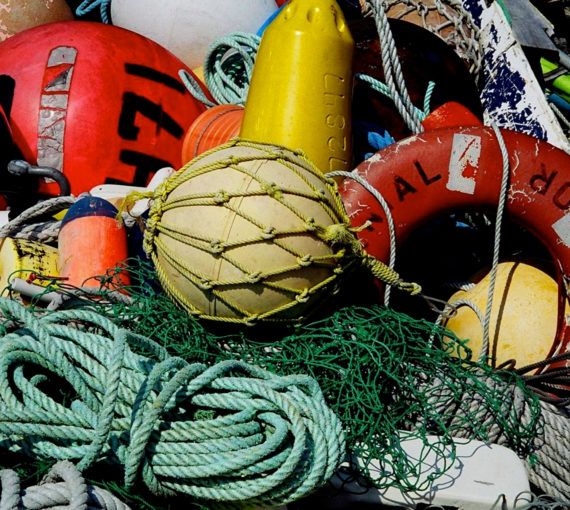
Salish Sea orcas are dancing on the edge of extinction. Is it one step forward, two steps back?
When a graceful black fin slices the water, kids on the shore clap with excitement. They’re lucky. It’s rare to see a Salish Sea orca. These animals have been our neighbours for so long that their image is ingrained in every part of our life, from Indigenous art to the Vancouver Canucks’ logo. Today these orcas are struggling for survival. Recovery is a slow multi-year process in the face of increasing threats. As the leaves fall at the water’s edge, it’s time to reflect on what this past spring and summer were like for our orca neighbours.
This year the southern resident family added two new calves, but there were also three deaths confirmed this year: two males and one mature female. That’s a hard hit that will echo in the pods for years. Only 73 Salish Sea orcas remain.
The number of reproductive females is important for a small population. Only about a third of pregnant southern resident orcas end up giving birth, mainly because of a shortage of Chinook salmon, their primary food. Scientists have found a link between late-pregnancy failures and the lack of Chinook.
The most unusual part of 2019 was how infrequently the orcas were in the Salish Sea in the spring and early summer. This is unprecedented. Early speculation suggested Chinook salmon scarcity in the Fraser River spring runs may be the reason. The lack of their preferred prey may have pushed the orcas to look for food elsewhere. Accordingly, as Chinook numbers picked up later in the summer, so too did orca sightings in the Salish Sea.
It’s particularly important to ensure recovery of those early runs — the first the Salish Sea orca have a chance to feed on. It’s unclear whether this year’s fishing restrictions were adequate to ensure enough Fraser Chinook were left to spawn. We have yet to see the spawning ground counts that show exactly how the salmon fared, but there’s no doubt a lot of work must be done to restore Fraser Chinook abundance to a level that will support orca recovery.
The most unusual part of 2019 was how infrequently the orcas were in the Salish Sea in the spring and early summer. This is unprecedented.
The 2019 interim measures provided a solid foundation for a successful long-term orca recovery plan. The most significant efforts introduced this year were fishing restrictions on Chinook salmon and increased vessel distance from the orcas.
It’s too early for scientists to make a fully informed analysis and judge the effectiveness of recovery plans, but we already know some things.
Over the past couple of years, the commercial whale-watching industry has been adjusting to rules requiring operators to keep their distance from southern residents. Clearer rules have likely reduced disturbance by these vessels.
It’s less clear whether disturbances from private vessels, including fishing vessels, have been reduced. Early reports suggest that the recreational fishing industry’s voluntary “bubble” exclusions of one kilometre (i.e., when orca are detected within one kilometre of a fishing vessel the engine is cut and lines are pulled up) were ineffective.
To make sure our iconic neighbours keep popping up for a visit, the Canadian government needs to continue to improve protection for southern residents and their habitat. For now, the Salish Sea orcas and their main prey are balancing on the edge of extinction. The threats they face will only grow. Scientists expect more noise and vessel disturbance in orca habitat as tanker traffic is expected to increase seven-fold over the coming years. Contaminants in the environment also remain a significant concern. The federal government took important steps in 2018 and 2019 to increase protections for the orca, but much more is needed in 2020.
Our work
Always grounded in sound evidence, the David Suzuki Foundation empowers people to take action in their communities on the environmental challenges we collectively face.



